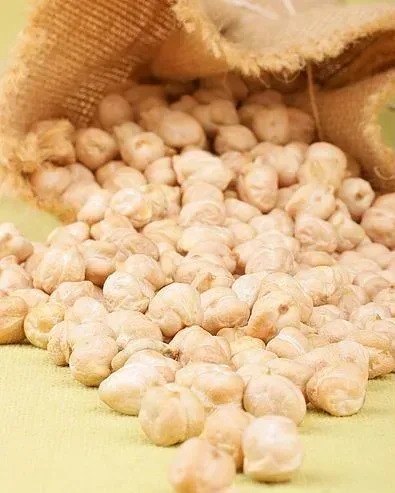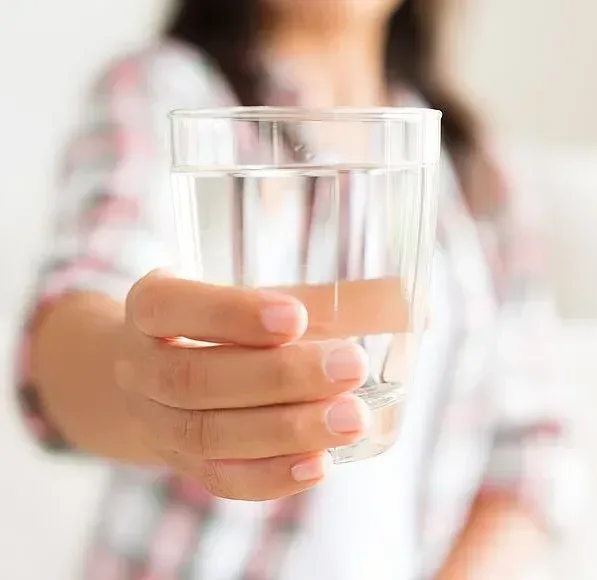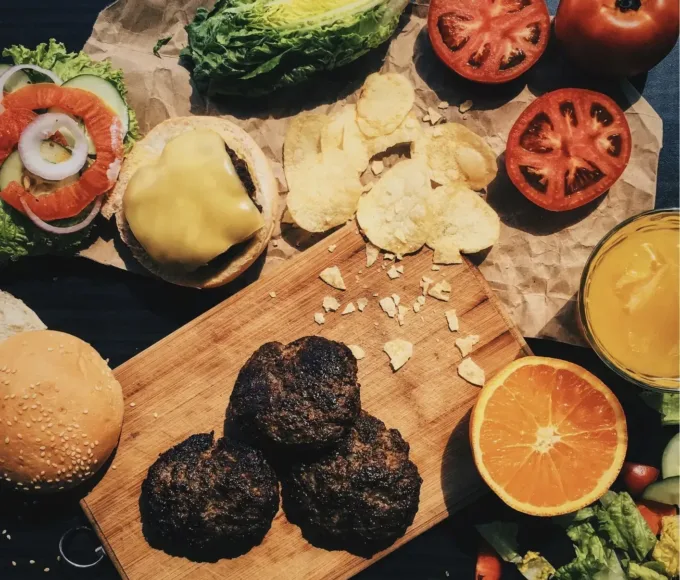
Eating healthy food doesn’t mean giving up your favourite foods. Your favourite recipes can be adapted easily to provide a healthier alternative. There are many ways to make meals healthier. Limit fats, sugars and salt and include plenty of vegetables, fruit, grains, lean meats and low-fat dairy in your cooking. Foods with added fats, sugars or salt are less healthy than food in which these are found naturally.
Keep fats to a minimum – Choose lean meats and reduced-fat dairy products and limit processed foods to minimise hidden fats.
– If you need to use oil, try cooking sprays or apply a small amount of oil with a
pastry brush.
– Cook in liquids (such as stock, wine, lemon juice, fruit juice, vinegar or water)
instead of oil.
– Use low-fat yoghurt, low-fat milk, evaporated skim milk or cornstarch instead of
cream in sauces or soups.
Cutting down salt – Salt is a common flavour enhancer, but research suggests that a high salt diet could contribute to a range of health problems including high blood pressure.
Suggestions to reduce salt include:
– Don’t automatically add salt to your food – taste it first.
– Add a splash of olive oil, vinegar or lemon juice close to the end of cooking time
or to cooked vegetables – it can enhance flavours in the same way as salt.
– Choose fresh or frozen vegetables, since canned and pickled vegetables tend to
be packaged with salt.
– Iodised salt is best. A major dietary source of iodine is plant foods.
– Margarine and butter contain a lot of salt but ‘no added salt’ varieties are
available.
– Most cheeses are very high in salt so limit your intake or choose lower salt varieties.
– Reduce your use of soy sauce, tomato sauce and processed sauces and
condiments (for example mayonnaise and salad dressings) because they contain high levels of salt.
Healthy cooking methods include:
– Steam, bake, grill, braise, boil or microwave your foods.
– Modify or eliminate recipes that include butter or ask you to deep fry or sauté in
animal fat.
– Avoid added oils and butter; use non-stick cookware instead.
– Don’t add salt to food as it is cooking.
– Remove chicken skin and trim the fat from meat.
– Eat more fresh vegetables and legumes.
– Eat more fish, which is high in protein, low in fats and loaded with essential
omega-3 fatty acids.
Sources: Better Health
Recent Posts
Related Articles
Choose the healthiest salt for your kitchen
Some salts are considered healthier than others, such as pink Himalayan salt...
June 19, 2023Benefits of chickpea flour and how to make it
Chickpea flour has been a staple in Indian cooking for centuries. Chickpeas...
June 19, 2023What is alkaline water?
You may have heard various health claims about alkaline water. Some say...
June 19, 2023Different methods of cooking
In cooking, there are some basic methods of cooking that are used....
June 19, 2023

























Leave a comment